Blizzard Is Setting up a Home Run With Diablo IV
A review of the Diablo IV beta and what it means for the long-awaited new instalment in the Diablo series coming in June.
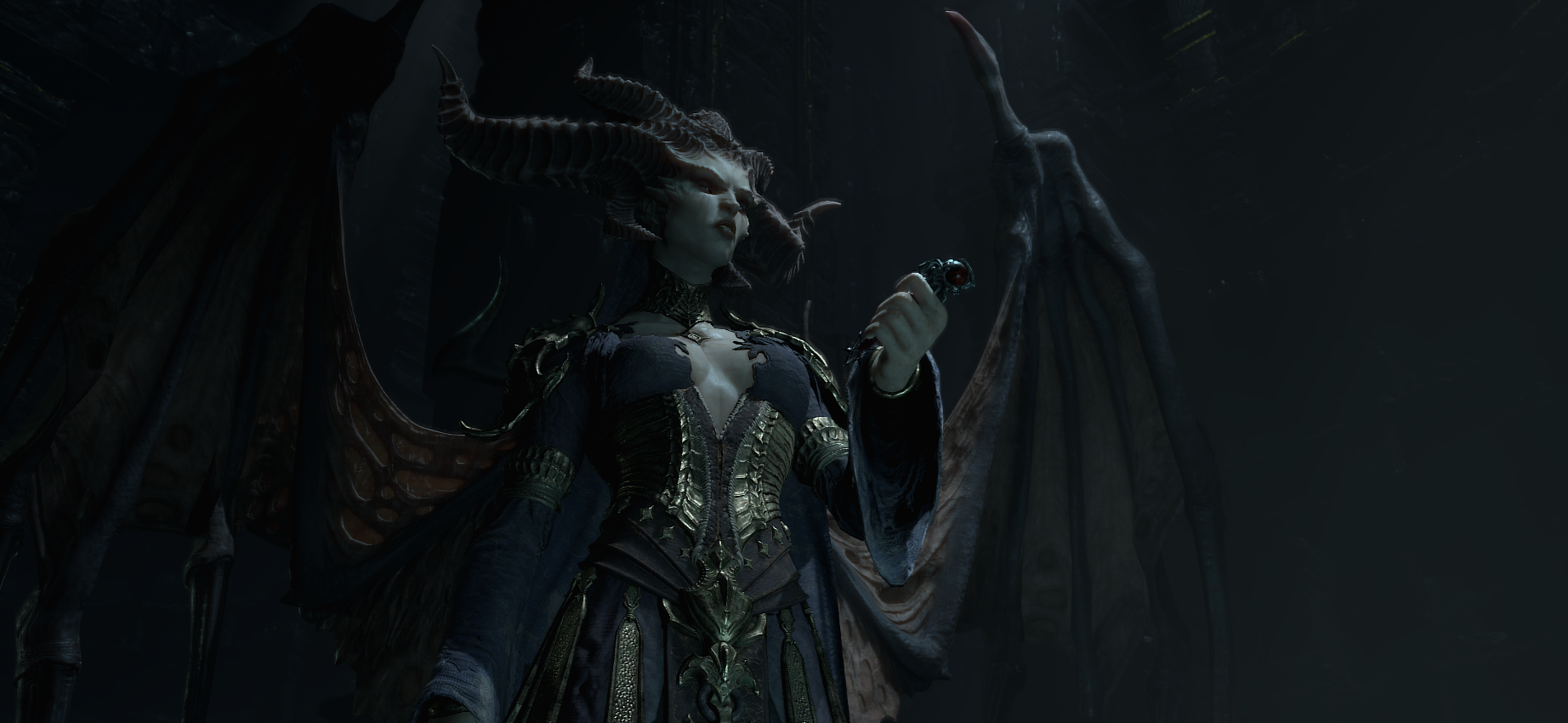
Over the last two weeks, players who have pre-purchased Diablo IV were invited to play through its first act in two Early Access and an Open Beta weekends. I participated and reached both the Level 25 cap and the end of the main storyline included with this beta. These are my thoughts about Diablo IV, which is scheduled for release on 6 June 2023, based on what I saw in this beta version.
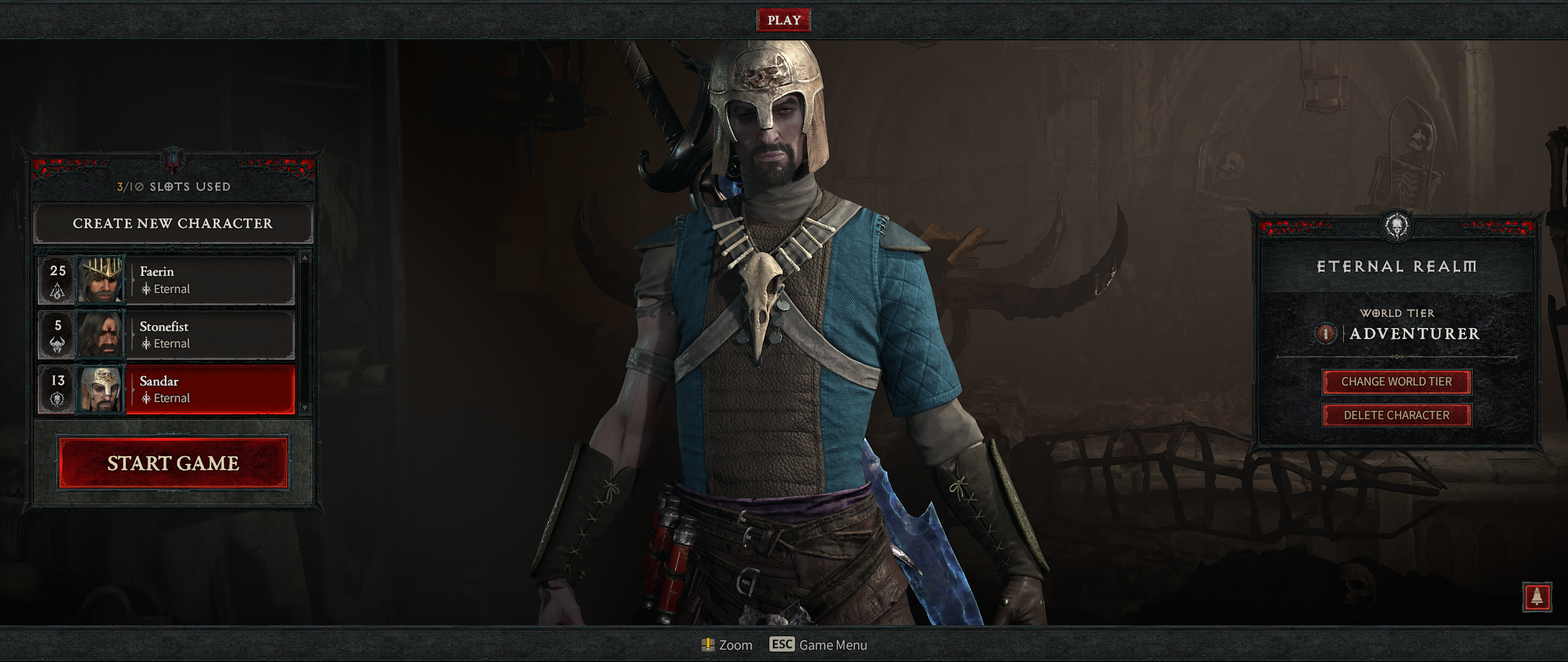
During the Early Access and Open Beta periods, I finished the story with a sorcerer character who I levelled to Level 25. I also tried out the Barbarian and Necromancer classes.
Before I get to my feelings about Diablo IV though, I need to spend a bit of time explaining some of the history of this franchise for those who might not be aware of it. This is important because Diablo has a lot of very dedicated fans and as far as the public perception of this new game is concerned, how it compares to its predecessors will matter a lot. Understanding the history of the franchise is therefore vital to the understanding of the changes made to the Diablo formula for this newest installment.
The Origins of the Diablo Franchise
Like any game franchise that has been going for a long time, Diablo is a weird beast. The first Diablo game was a classic single player, isometric dungeon crawler. An RPG without many of the more advanced role-playing game elements beyond basic character progression and some rudimentary quests. From the beginning, Diablo was about the visceral fun of splatting hordes of monsters in the most satisfying way possible. These days, you would probably call the first game a rogue-like, even though it only re-generates its maps upon starting a new campaign. You might even call it a raid-based RPG, as the core game loop centres around delving into the dungeons below the town of Tristram again and again, attempting to carry out as much loot as possible without dying.
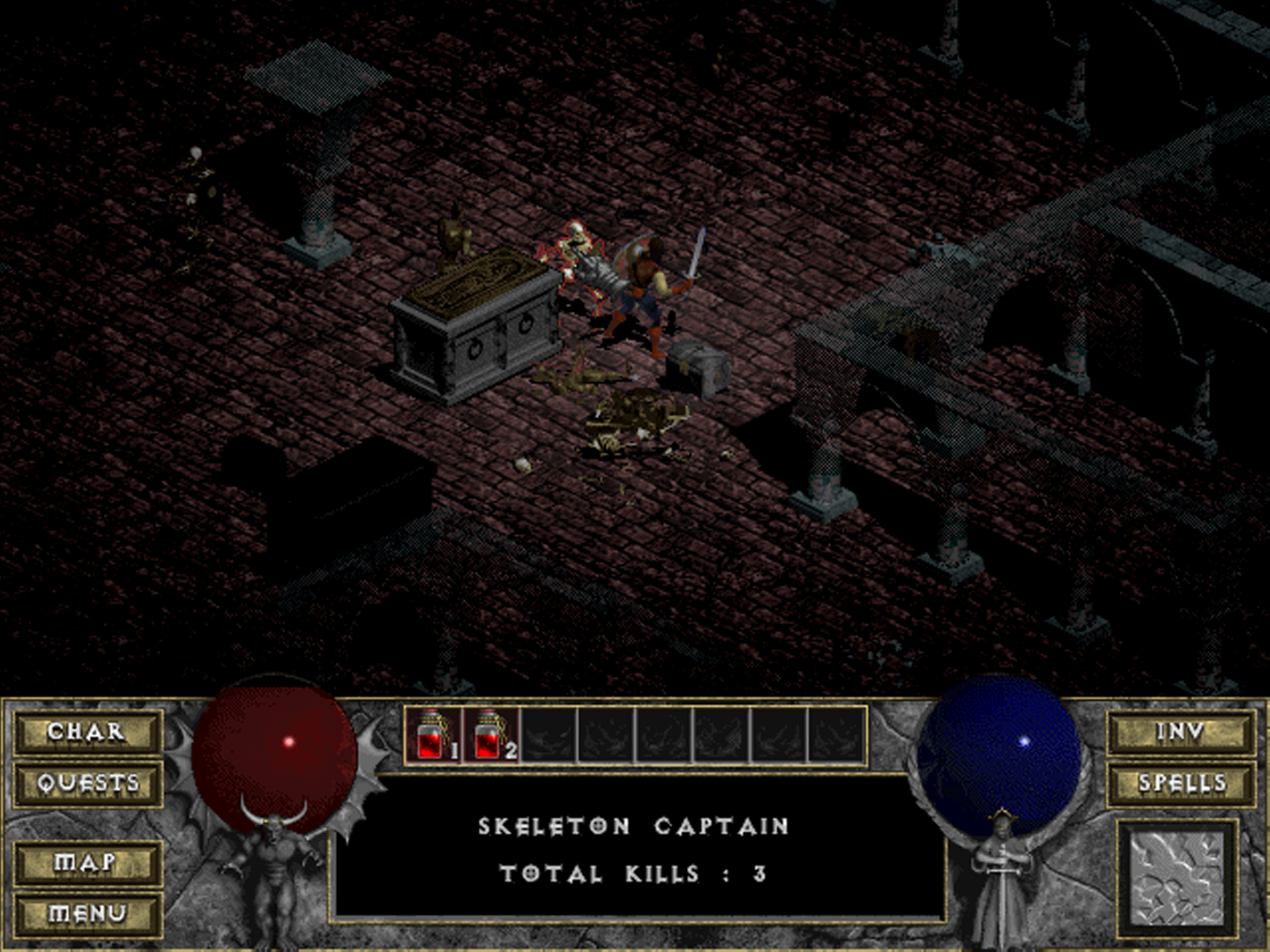
In 1997, the original Diablo defined a whole genre of hack-and-slash RPGs on the PC. It also introduced the iconic interface with two large orbs representing the player's health and magical power.
Diablo became the quintessential hack-and-slash RPG, largely thanks to its addictive game loop which is enabled both by the randomly generated loot – finding the best gear quickly becomes the be-all and end-all of the gameplay experience, replacing the impetus to complete quests – and the replayability provided by dungeon maps that are different for every playthrough. Both the addictive loot hoarding and the replayability factor would become cornerstones of the franchise. The other defining characteristic of this game is how dark it is – both in its setting and the actual look of the game.
Diablo is a classic gothic horror game, set in a black-and-white world of crude lore copied from medieval catholic folklore: demons fighting angels for control of the mortal realm. For a long time, the Diablo franchise was the only property with actually mature themes in Blizzard’s portfolio. The success of the Warcraft franchise – which is essentially a rather candy coloured, more light-hearted take on Games Workshop’s dark gothic Warhammer setting – meant that Blizzard would veer off into a more kids-friendly look for their games. Diablo and Diablo II being the only holdovers of a darker era of PC gaming where games where made for adults. Kids and teenagers, if they wanted (and were allowed) to play these games, would experience those darker themes as well, of course. These darker, more mature themes is where a lot of the attachment of fans for the Diablo franchise came from, early on.
Diablo III: Mistakes Were Made
Blizzard badly misjudged this when they developed Diablo III. Attempting to bring it more in line with their other franchises, they gave the new game a more childish, colourful look, after having originally prototyped it in the same dark gothic fantasy vein as Diablo I and II. This did not go down well with fans. When the first screenshots of the game appeared online, longstanding players of the series were dismayed – and voiced this dismay quite loudly. Blizzard, however, stuck to their guns and initially seemed vindicated when Diablo III had one of the biggest launches in video game history up to that point.
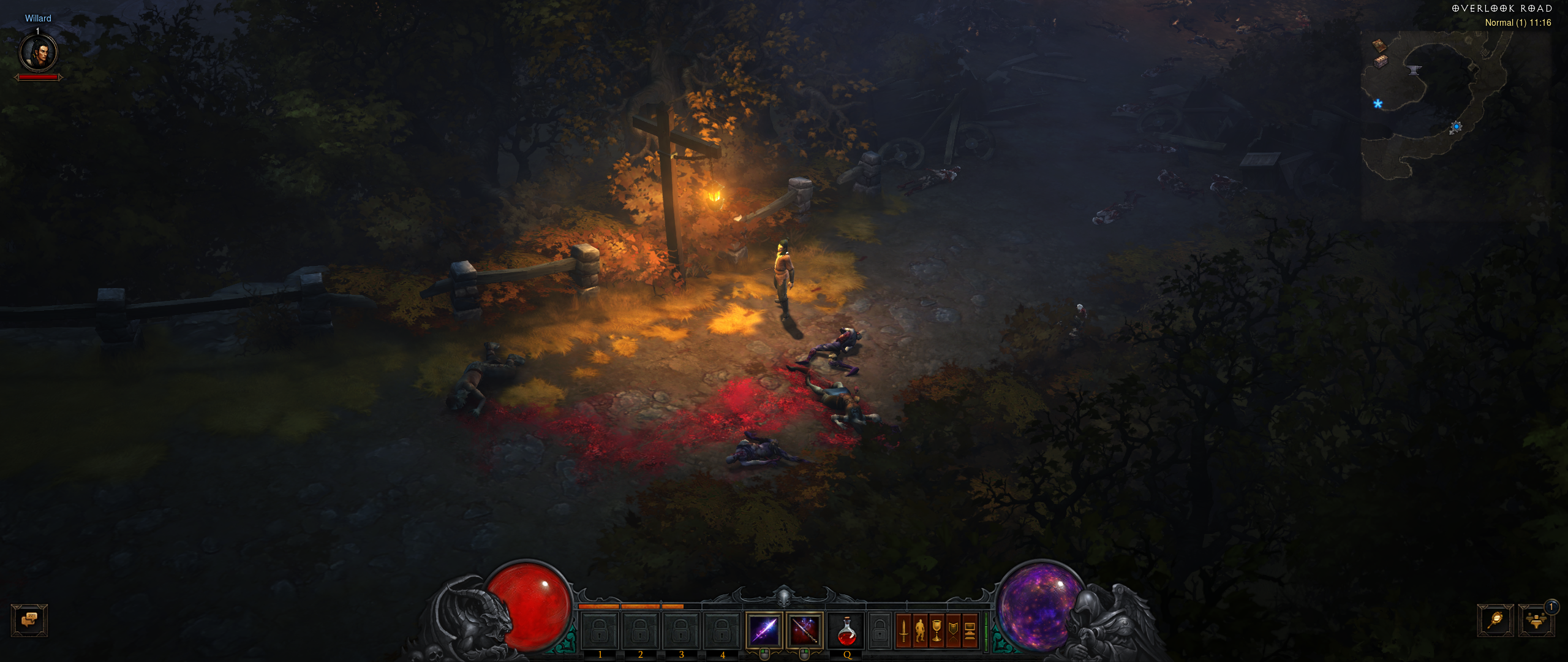
Diablo III's engine was a huge step forward for the franchise – especially the physics mechanics were ground-breaking at the time. It also featured a much more intricate storyline than its predecessors, but the look of the game was much more colourful and this angered many fans, who felt it misrepresented the world they had experienced in the previous two games.
However, the fatal decisions to require a single player game to have a permanent online connection and the introduction of a real-money auction house in the game almost killed it. Because Diablo III’s launch was that big and because of the always-on nature of the game, many players couldn’t play it for days as Blizzard’s servers completely died in the onslaught after launch. When it became known that the always-on feature had been included in the game to facilitate the auction house – which players also hated – many people dropped the game in frustration. Blizzard had, out of a desire to curb real-money trading of Diablo items on the web, fucked up the launch of their new game in a major way.
They did fix the server issues and eventually removed the auction house altogether, but by that time, the damage to the reputation of the game was already done. Together with the happy-go-lucky look of the game, this caused many old-school Diablo players to dismiss Diablo III altogether as bad beyond redemption. On the other hand, Blizzard gained many new, more casual players, because Diablo III still had that addicting loot hoarding, hack-and-slash gameplay loop from earlier games, made even more addicting by a much more tactile engine and many quality of live improvements – especially in the loot system itself.
Diablo III is an impressive example of what ten years of dedicated maintenance and improvement can do to a game. And it is also one, if not the, most replayed games in the entire fantasy RPG genre. Mostly thanks to Blizzard, who kept updating the game and adding more and more game modes that continue to entice players back to play the game all over again and again. But the mistakes that were made, especially the decision to make the game look more light-hearted and kids friendly, haunt the franchise to this day and play a big role when it comes to player expectations for Diablo IV.
Combat In Diablo IV
Diablo IV takes a lot of what made Diablo III so successful and improves it in two key areas. The first is the look and feel of the world. This is mostly done by changing the art style of the game and tweaking its story. Additionally, the engine is updated, creating a whole new standard for isometric RPGs. The second major area of improvement is the combat system. Let’s start examining the latter aspect, before delving into how Blizzard attempted to correct the obvious dismay many hardcore fans exhibited about the tonal shift in Diablo III.
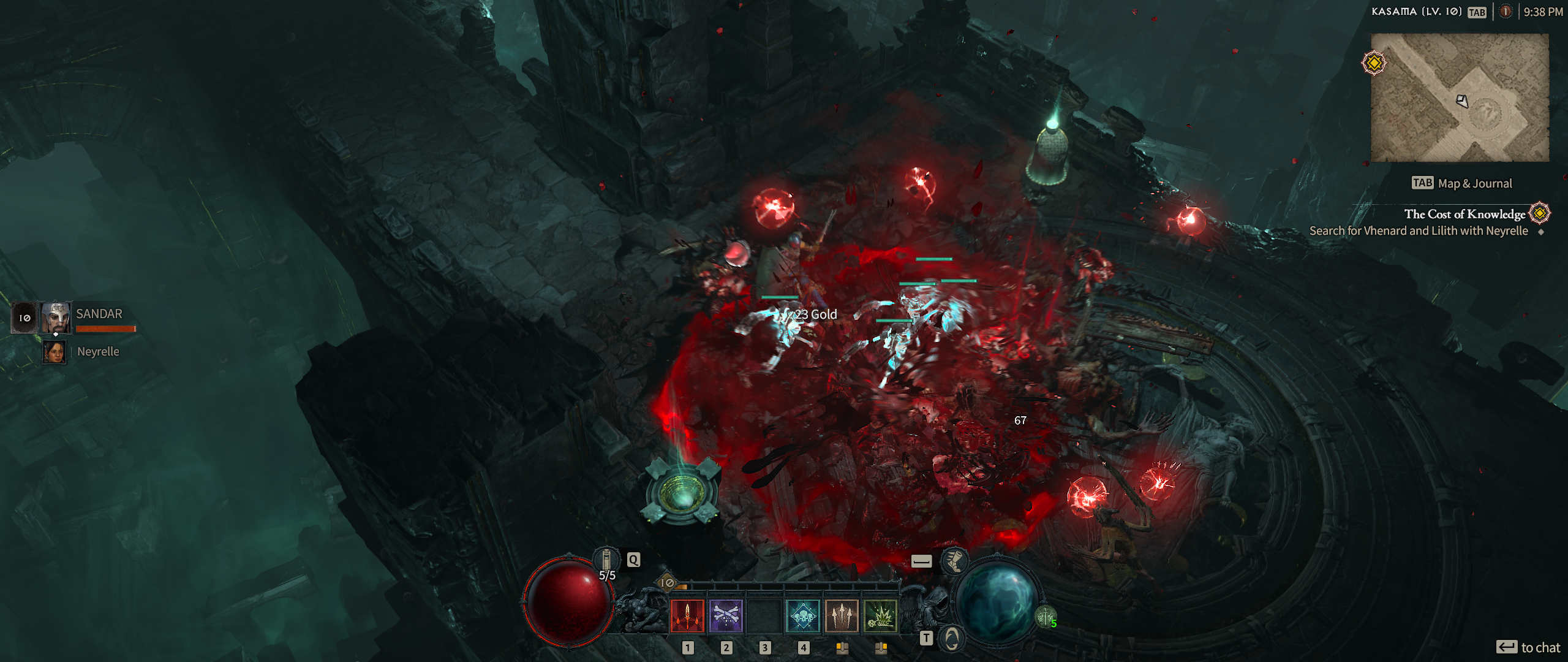
Combat as a necromancer is wild. You can kill enemies and resurrect them as skeletons that fight for you. These skeletons will then go and kill enemies, leaving behind corpses you can also resurrect. Once you have four or five skeletons, you can blow up these corpses using the Corpse Explosion spell. Leaving behind more corpses, which you can also blow up. The more enemies you kill, the easier it becomes to kill more enemies. This very quickly spirals into an unstoppable battlefield force it very much feels like watching a nuclear chain reaction go off, actually.
Aside from the look of the game and its story, many older players felt that Diablo III was too cartoonish because of its combat. While it is incredibly fun and can make you feel extremely powerful, a lot of the stakes from the first two games are gone from it. With some of the classes, it feels like it’s less about skill and more about clicking a lot. When Blizzard started to talk about Diablo IV, they were very clear that they wanted to change this aspect of the game, without losing the fun factor that has attracted millions of players to the franchise with Diablo III.
I am not sure they’ve succeeded. Combat in Diablo IV definitely feels a lot more like its immediate predecessor than it did in Diablo I and II. By which I want to say that it is incredibly fun, but it also – like with its predecessor – doesn’t fit the grim world of the series. I know it was never going to happen, mostly because Diablo III is such a huge success, but I would have loved to get a mix of Diablo’s grim gothic horror setting and hardcore RPG and combat mechanics from games like Pillars of Eternity.
Instead, we basically get more of the same, albeit slightly tweaked and, I would say, improved. I especially liked how you can freely assign skills between your mouse buttons and the action bar and how every combat skill also has a defensive bonus that you can choose to exploit in your passive slot instead of using it to attack. Many of the combat skills are a lot of fun (the sorcerer’s Hydra summoning spell and the necromancer’s Corpse Explosion quickly became favourites of mine) and the basic formula of whacking hundreds of monsters in quick succession, only to have them explode in loot, still works and is very addicting. I do feel like there are a bit too many enemies though, and that they’re a bit too easy to kill. I know that you can up the difficulty, but my issue isn’t with the difficulty per se. It’s more about how believable the fantasy of the game world is. If I could influence Blizzard, I’d have them tweak the formula a little bit in favour of less enemies that are stronger before they release the final game.

My sorcerer blasting away at forest monsters. You've got to love a good flamethrower spell!
Speaking of loot, this is another issue people traditionally bring up with Diablo III: They feel there is too much low quality loot in the game and that the amount of loot leads to an inflation of stats numbers. This, in turn, leads to you swapping out gear constantly as you’re finding a new pair of boots that slightly improves on the galoshes you’re currently wearing, and so on. This is the downside of trying to give your players a lot of good shit. If you give them too much good shit, it becomes largely meaningless shit.
For all intends and purposes, the loot in Diablo IV feels very much like the loot in the previous game. Even within the first 25 levels included in the beta, there is serious power creep. I think that is as much a factor of the size of the world as it is Blizzard trying to shower players in gear simply to release endorphins. The days of Diablo I and II are gone. Those were much simpler games. We now have much bigger worlds that are more exciting and allow us to experience many more things, but with the downside that trying to keep players addicted to the core game loop means that individual rewards are much less meaningful.
I do understand where people are coming from when they voice this criticism and I do largely agree with them. But I also think there’s no way back to the old way of doing things short of a radical overhaul of all of the game mechanics – maybe towards something more like Pillars of Eternity? However, with the current gameplay formula being as successful as it is, that will never happen.
That being said, I do have a lot of respect for Blizzard for not going open world with this game. Instead, they made an intricate web of traditional RPG maps and interconnected all of them, basically creating an open world in size, while still maintaining tight control of the position of all enemy and NPC encounters. This largely creates the feeling of an open world, but avoids the bugs and jankiness that comes with the game world being truly dynamic. Deciding against having a feature like this to advertise your game with, in favour of doing what’s actually best for the kind of game you are designing, is laudable. They learned from BioWare’s past mistakes here. An open world was the worst thing to ever happen to the Dragon Age franchise.
The Look and Feel of Diablo IV
Where Diablo IV actually significantly improves over its predecessor is when it comes to the story and art direction. The dark gothic horror makes a triumphant return in this game. The colour palette is so much more Diablo than it is Diablo III and there are entrails, ripped-off body parts and grotesque demonic mutations everywhere. Gruesome murder abounds. The walls are growing tumours. And the NPCs that I met during the beta were as miserable as I’d expect them to be, seeing as they inhabit a world that is beset by demons and monsters at every turn. Gone are the candy colours and cheerful voice acting of the previous game that were so at odds with its vomit zombies and the corpse piles. It feels like Diablo is finally an HBO series again, after spending ten years in the clutches of Disney.

Diablo IV isn't exactly for the faint of heart. There's some dark shit in this game. Some incredible artistry went into some of these blood streaks on the floor and the variety of creepy limbs moving in the walls. I love it!
The maps I saw in the beta were incredibly varied and they look beautiful. This is the best looking isometric RPG I’ve ever played. I absolutely adore the hand-painted tiles of the Pillars of Eternity series, but this shows what a modern 3D engine can achieve in an isometric perspective. The lighting in particular is breathtaking.
It can be hard to show a world that players can immerse themselves in from a top-down perspective, but with a combination of meticulously crafted environments, a lot of attention to detail that went into various set pieces and great sound design, Blizzard has pulled it off. I only wish I could zoom out a tad further to gain more of a tactical overview of the battlefield sometimes. Other than that, the look of this game is perfect.
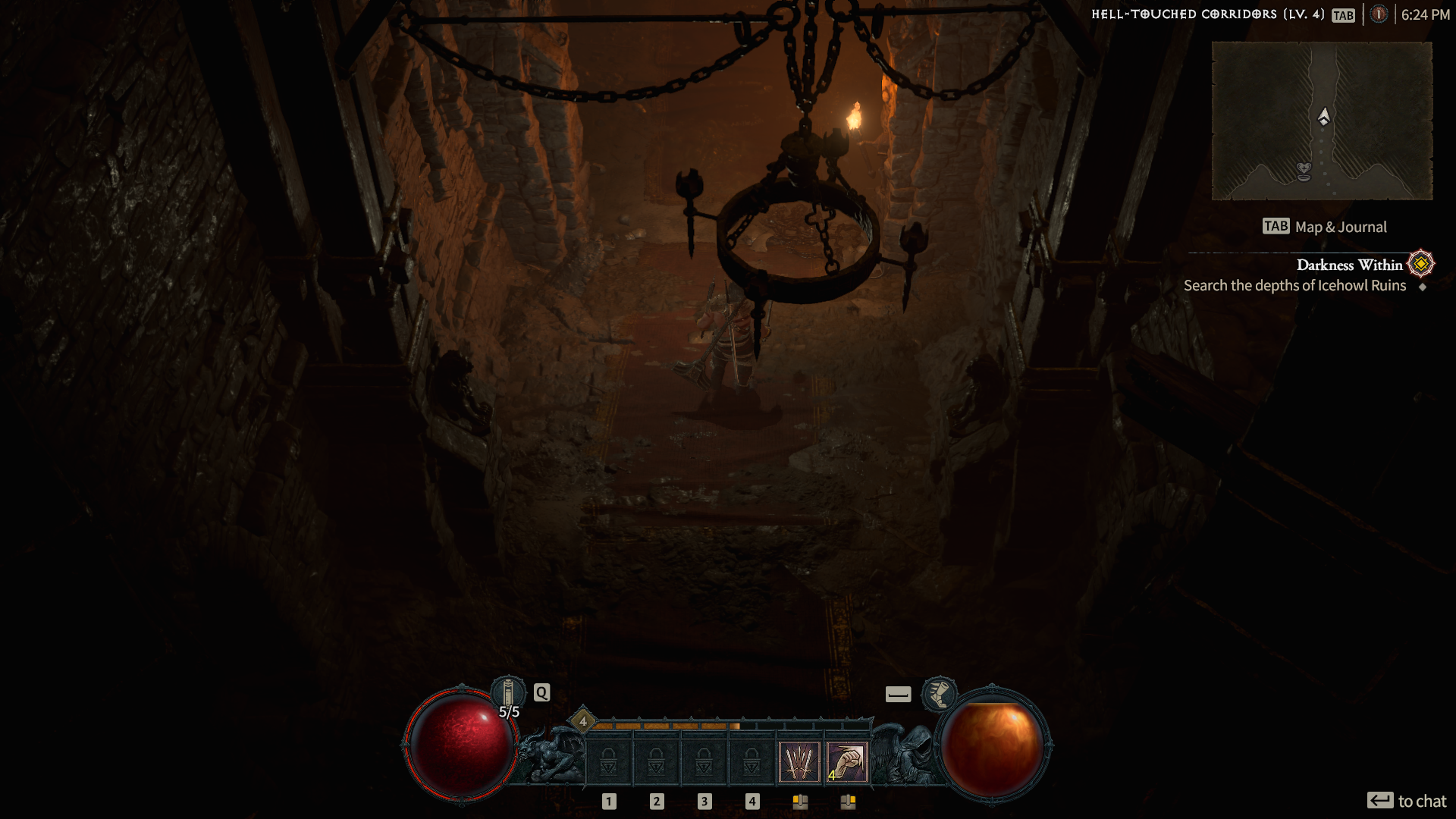
This game truly pushes the boundaries of what is possible with a top-down perspective in a video game. It looks amazing. And it's pretty light on system resources while it does it, too. In many respects, this beta is more polished than the majority of final releases in the AAA space.
What I’ve experienced of the story also does not disappoint. I mean, sure, Diablo has one of the most derivative storylines in gaming. A stereotypical fight between demons and angels, with the titular bad guy of the series literally being the devil. Original storytelling never was a Blizzard strong point. But that doesn’t really matter, because the feel of the first two games was so good that the players didn’t really care. It was kind of like a D&D campaign: You can have the most amazing and interesting storytelling happening over the backdrop of the most derivative fantasy dribble, as long as the feeling is there.
In fact, it was the story that had me coming back again and again to the series. Even after my initial disappointment over Diablo III, I went back to it and played through it several times (including on the Switch) because of its story. And the story of Diablo III wasn’t even that good. Which is why I am so excited that what I’ve seen of Diablo IV’s story so far (keep in mind that the beta only showed us a tiny fraction of the game) already far eclipses it. Yeah, it’s the same old angels vs. demons bullshit, but the feeling is back. It’s hard to describe why that is. All I know is that I’m excited about playing this game in ways I haven’t been excited about playing any Blizzard game since Diablo II.
Is It Any Good?
Since the beta only showed us a small part of the game world, its quests and the enemies we’ll get to fight – and since the game isn’t finished and its mechanics are subject to change – there’s clearly no point in attaching a score to this game yet. But I can say that I liked what I saw in the beta very much. If it was representative of the whole game, this could shape up to be the best Diablo game yet.
That being said, if you really did not like the changes Blizzard made with Diablo III, especially in the combat and loot departments, you probably won’t like this game much either. The core game loop and the combat still feels very much like D3 to me. And it’s still, stupidly, an always-on game, even if you exclusively play it on your own. On the other hand, if your issue with D3 was the way it looked and that its story and narration were too light-hearted in places, I think you’ll be happy with how D4 is shaping up.
Either way, I will probably be playing the hell out of Diablo IV when it launches in June (pun intended) and I will endeavour to deliver a final verdict – and score – on the game then. I am looking forward to continuing the story very much, that’s for sure. And until that time comes, I might actually go back to the previous entries in the series to refresh my memory and gain an even better understanding of what has changed with this latest entry in the series.
